Many in JLR believe that this radical plan is win-win. It gives Jaguar perhaps its last best chance to grow into a self- supporting brand; it ensures JLR has bespoke entries in the growing global market for luxury EVs; and, if successful, it reduces the company’s CO2 average, lessening the pressure on Land Rover to produce electric models that are not true to the brand.
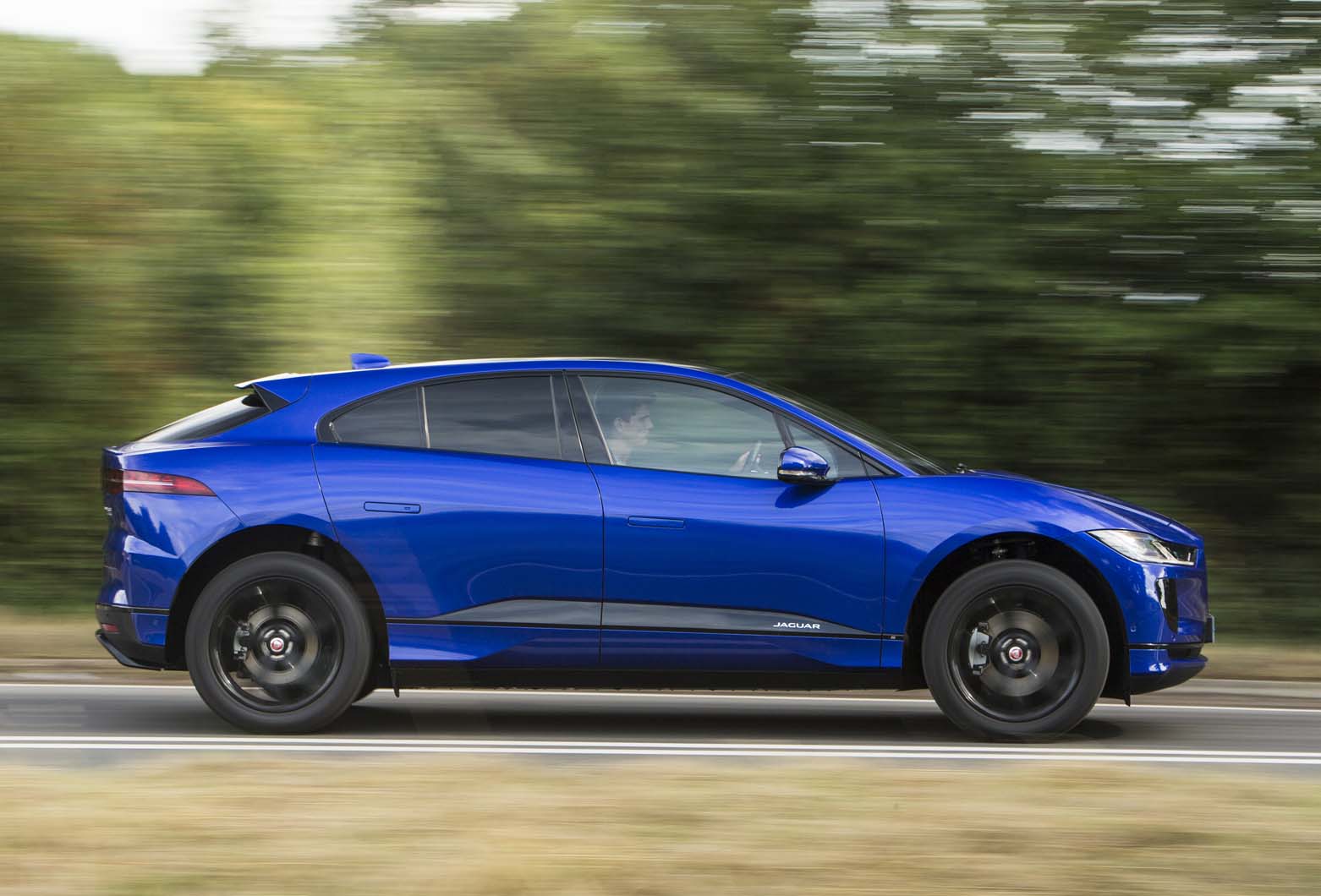
Production numbers show Jag’s plight:
To get a proper scale of Jaguar’s troubles, you have to look at its Castle Bromwich factory’s output between January and August this year.
With the model-by-model build numbers outlined below, the factory’s output totalled 52,476 cars over eight months’ production.
XE and XF sales dropped significantly, down 25% and 17% respectively for the year.
Over the same period, 63,815 examples of the F-Pace and E-Pace were built outside of Castle Bromwich. Total Jaguar sales over the first eight months of 2018 were 116,849, including 588 I-Pace models.
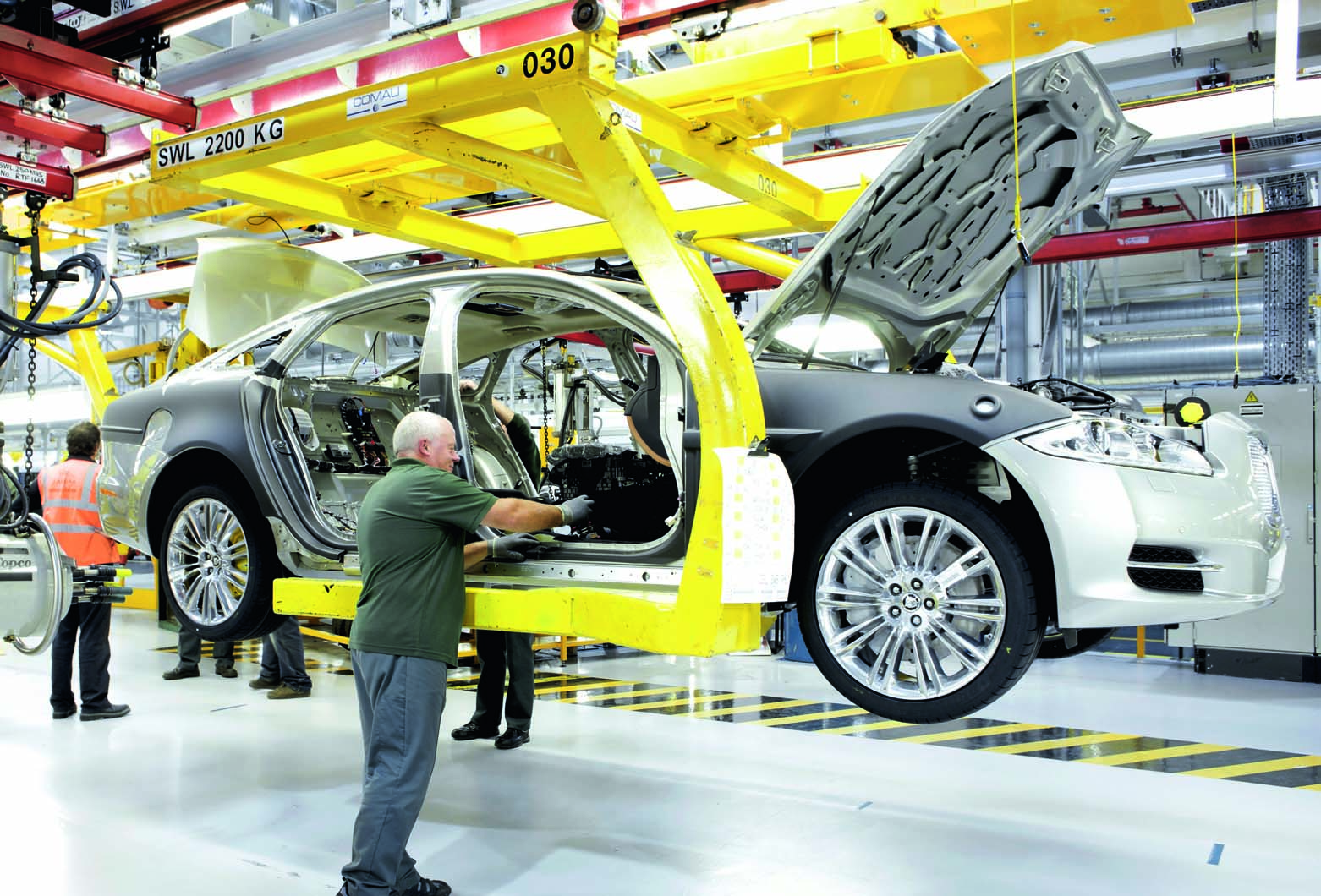
Extrapolating to a full year of sales, Castle Bromwich output would be around 78,700 units and total Jaguar sales about 175,200. For a brand with three mainstream saloons and two mainstream SUVs, that figure is very low.
Even Jaguar’s SUVs are under the weather. Sales of the F-Pace dropped by 23% between January and August this year, although it is not built at Castle Bromwich.
The E-Pace has proven reasonably successful so far, but the profit margins for that car are relatively slim compared with the rest of Jaguar’s range.
The slump in sales has caused Jaguar to change Castle Bromwich to a three-day week production schedule, affecting 3000 staff. It contrasts sharply with Land Rover, which is on track to shift well over 300,000 vehicles in 2018. Sales of models such as the Discovery Sport and Range Rover Sport remain strong, despite their advancing years.
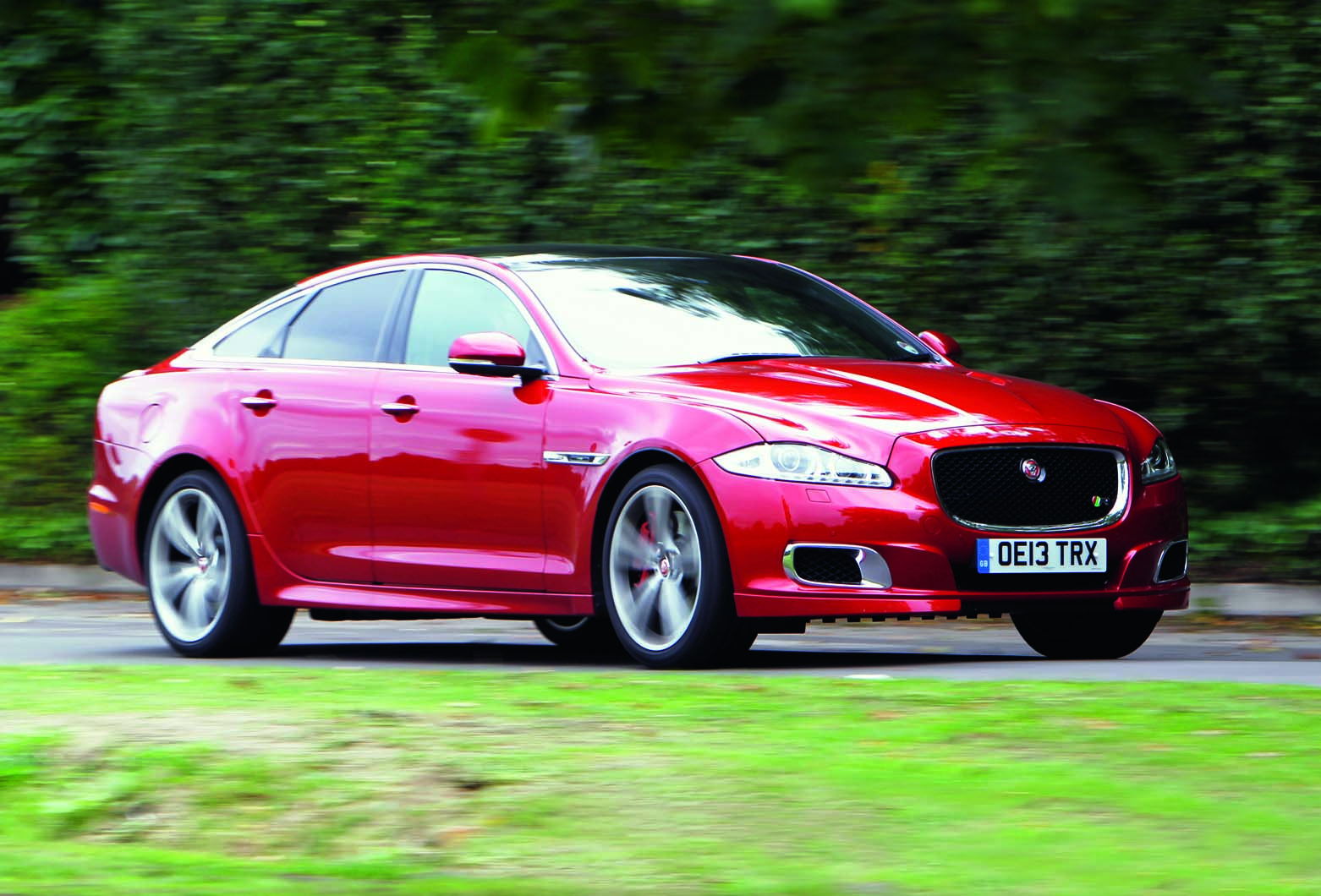

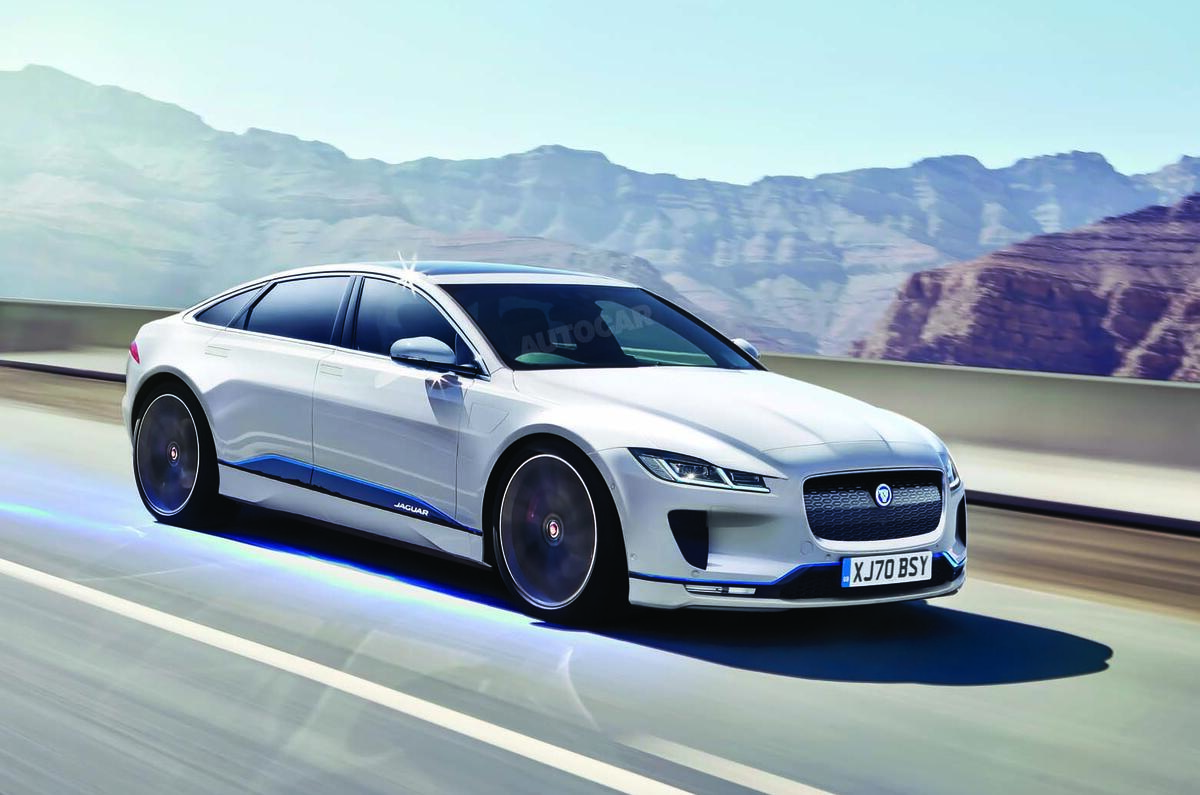
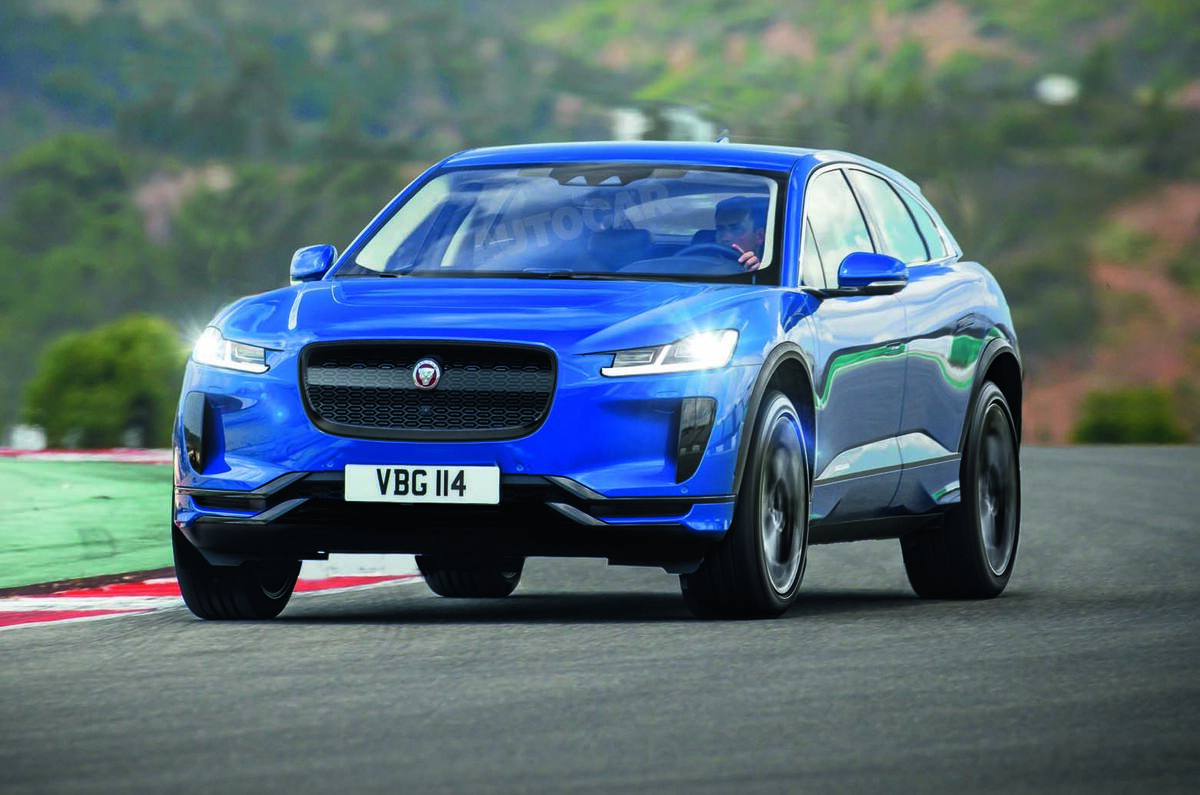
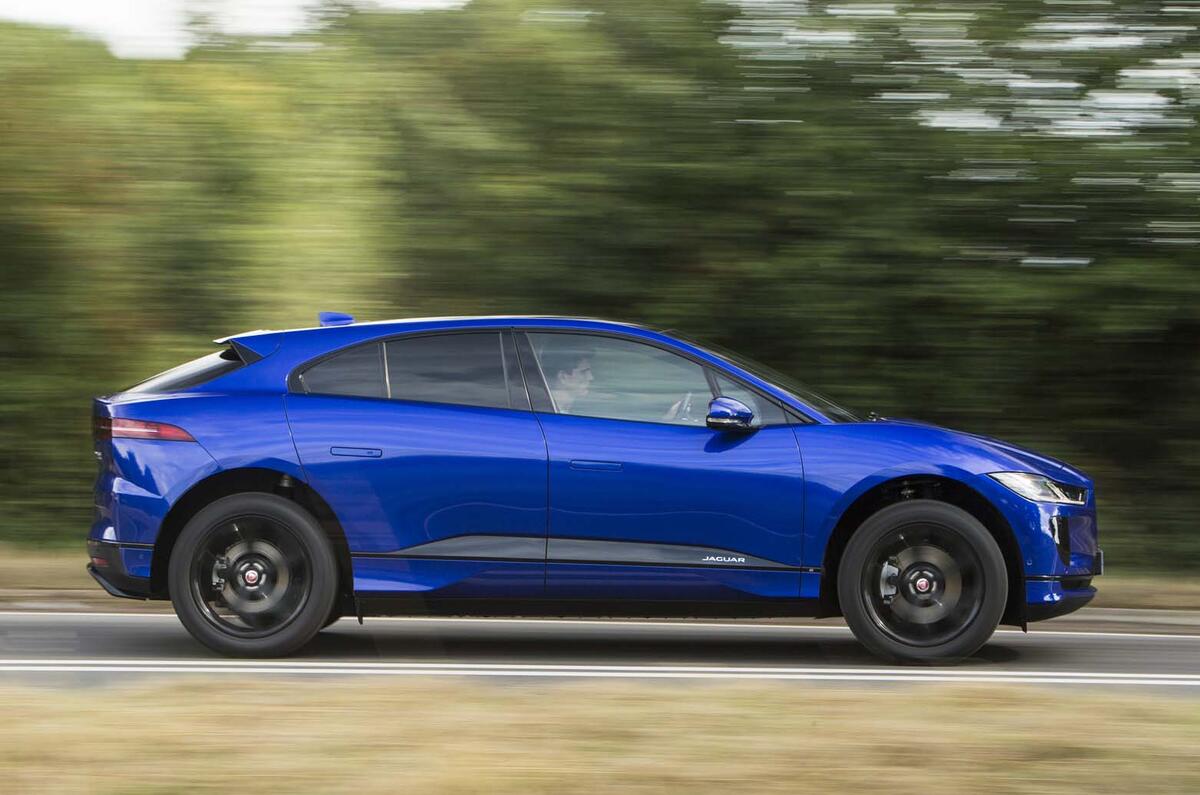
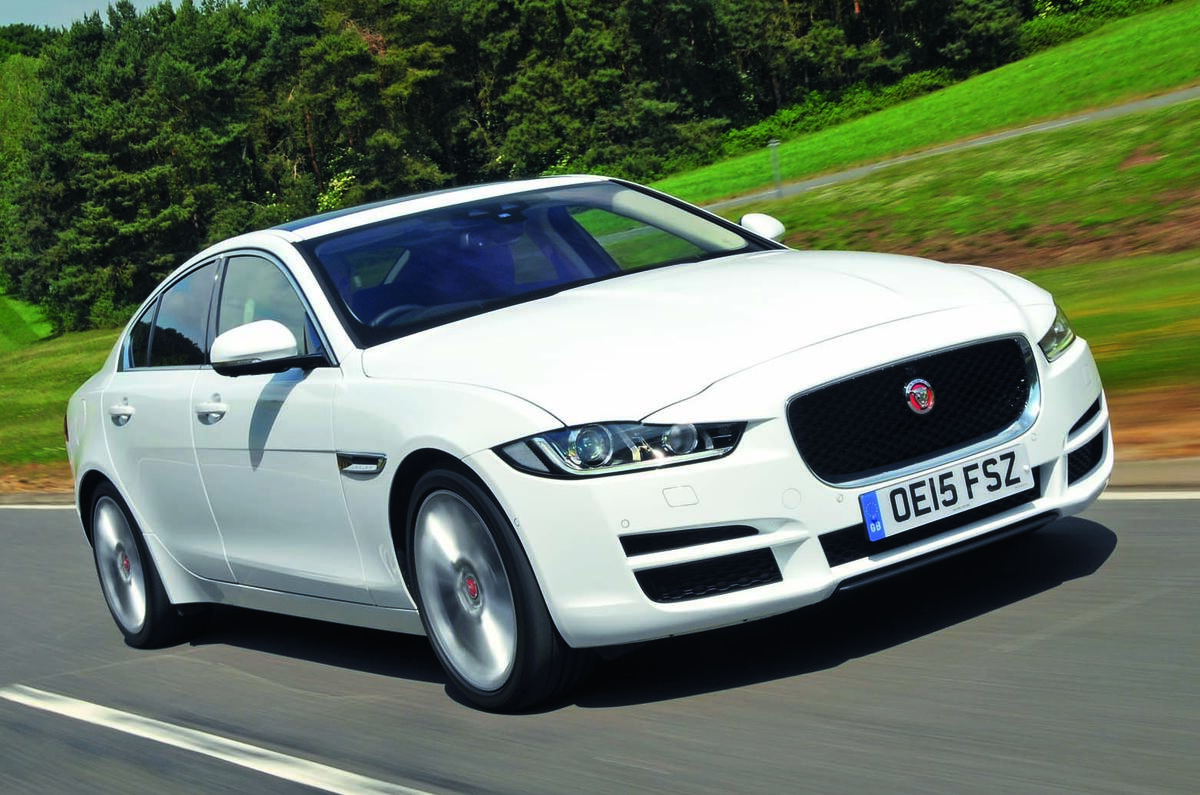
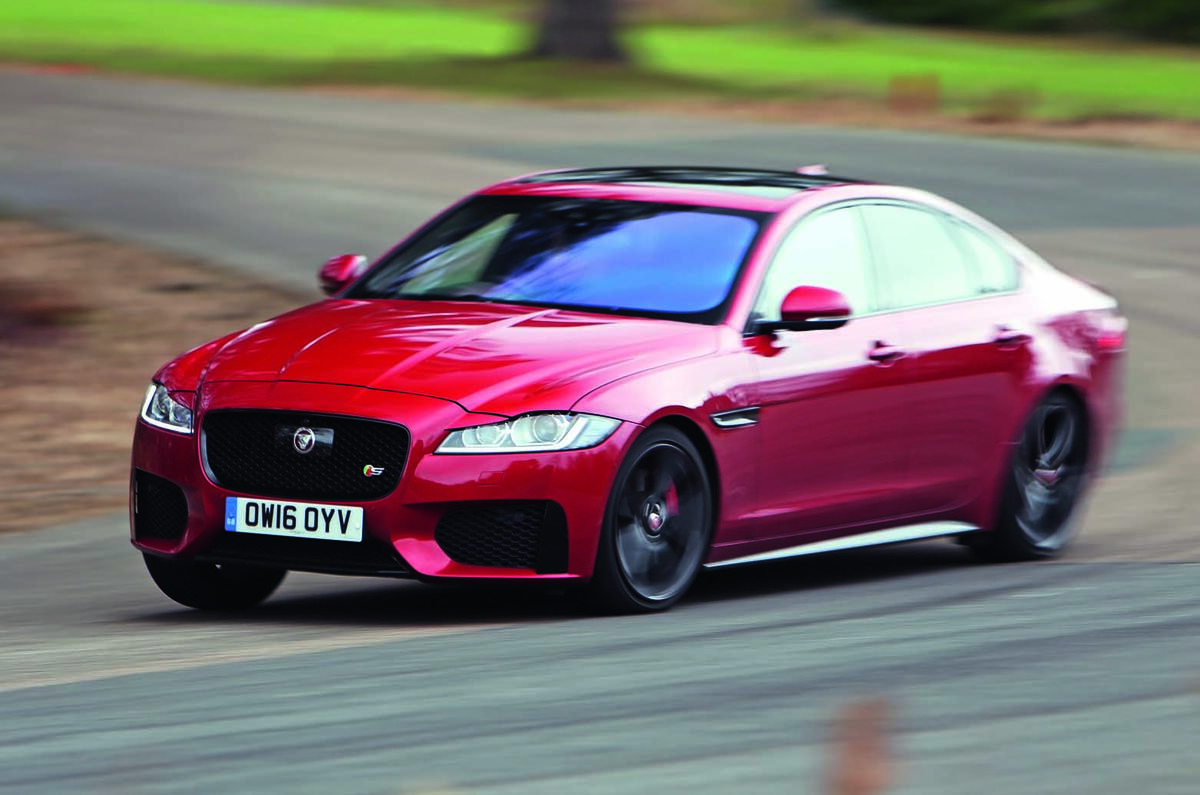
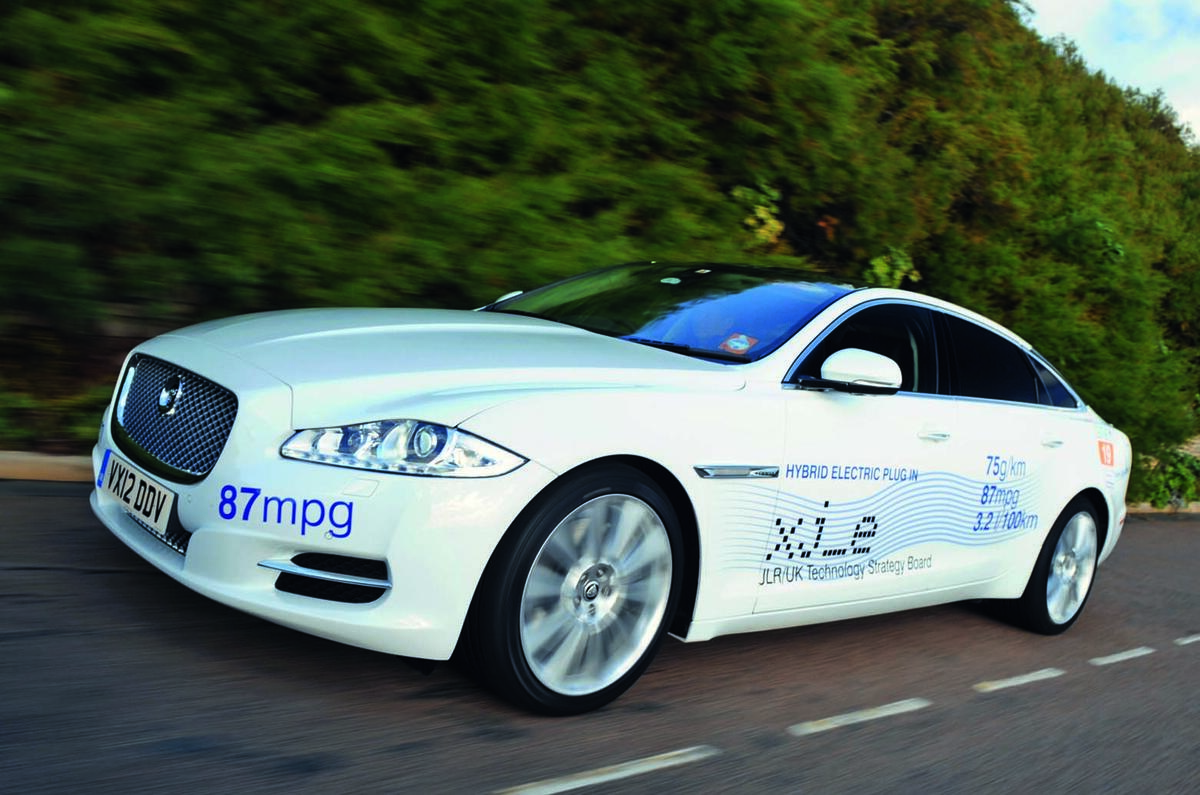

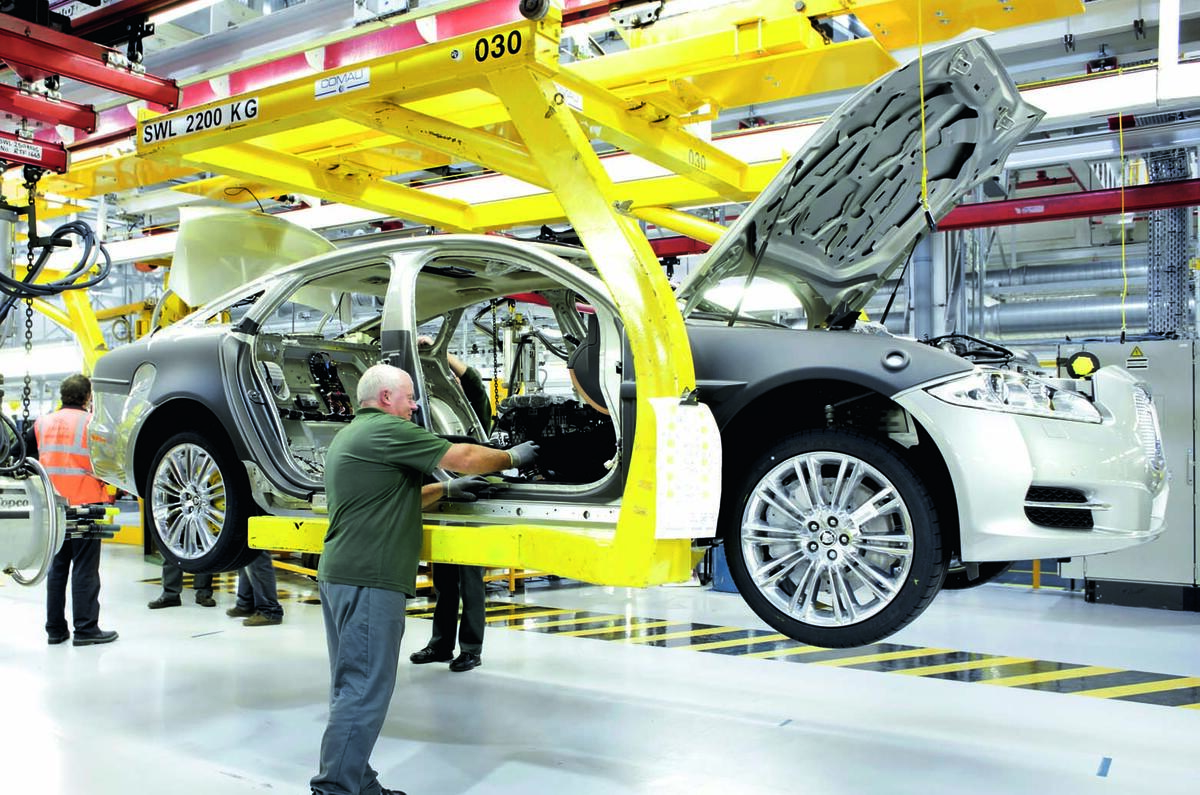

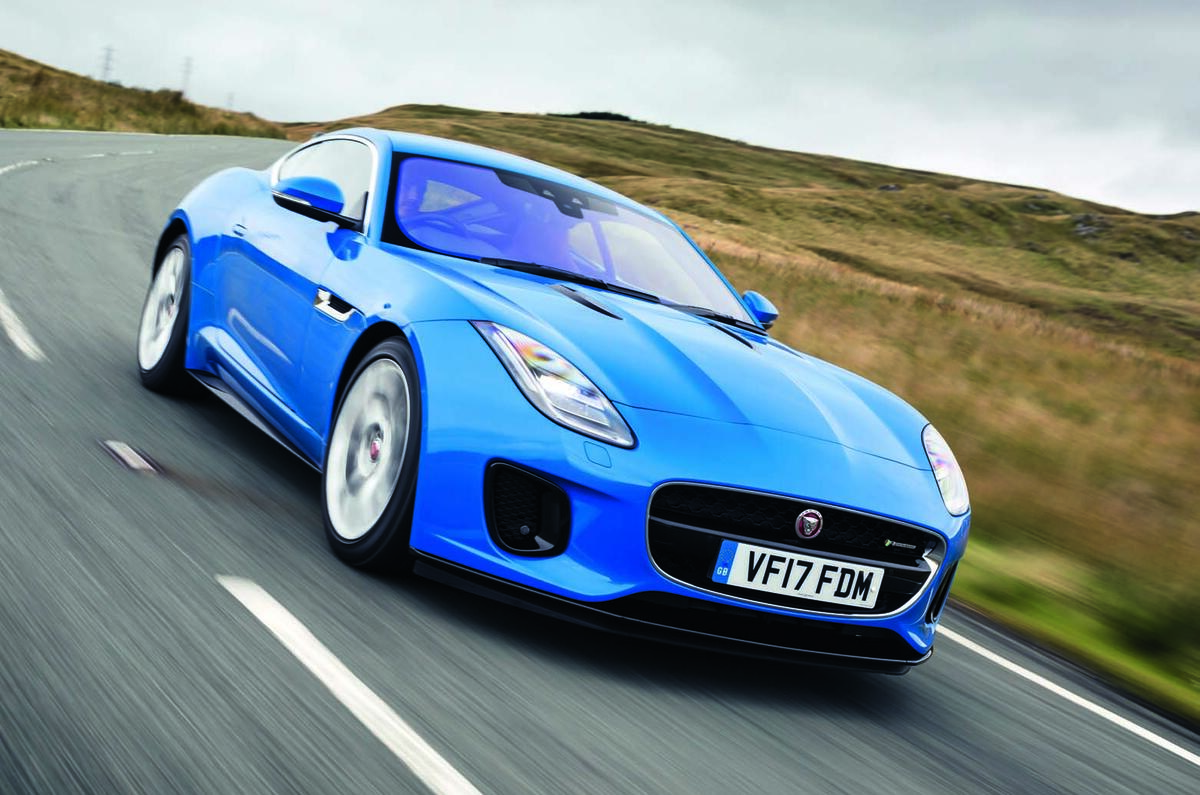

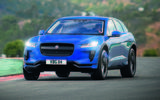
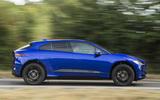
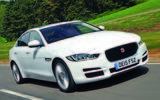
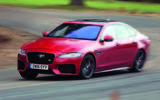
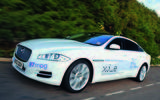
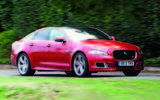
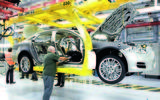
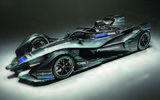

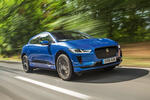
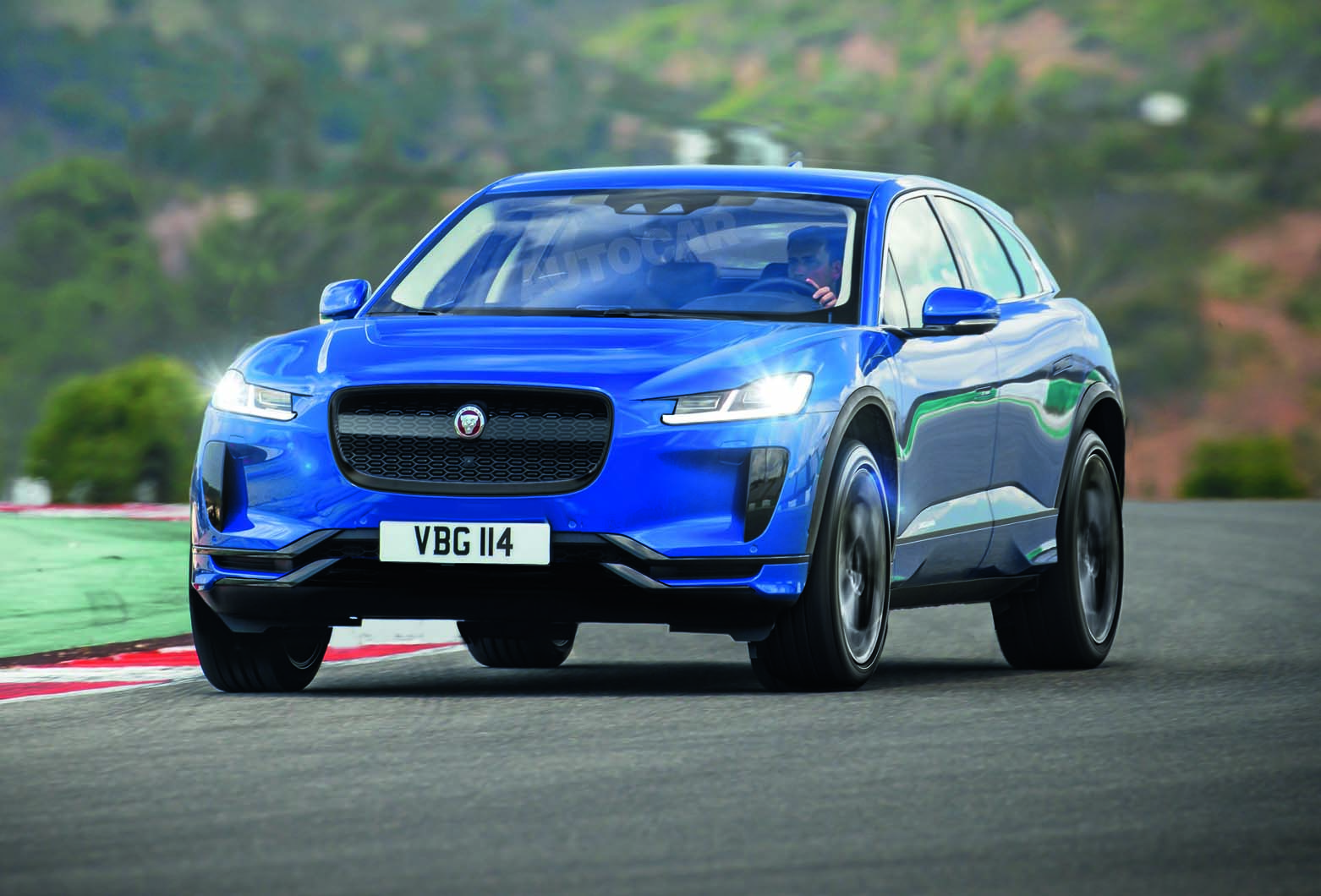
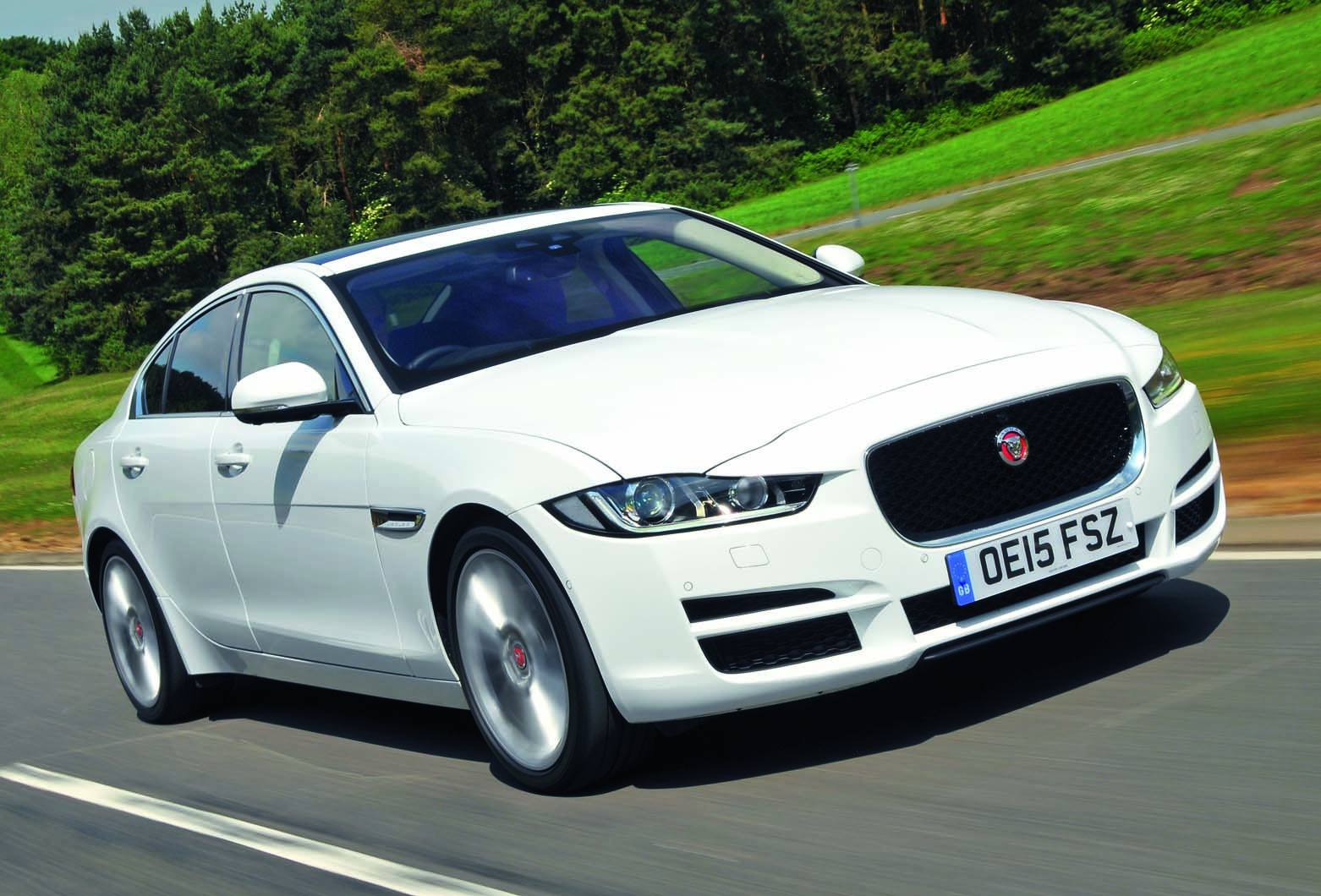
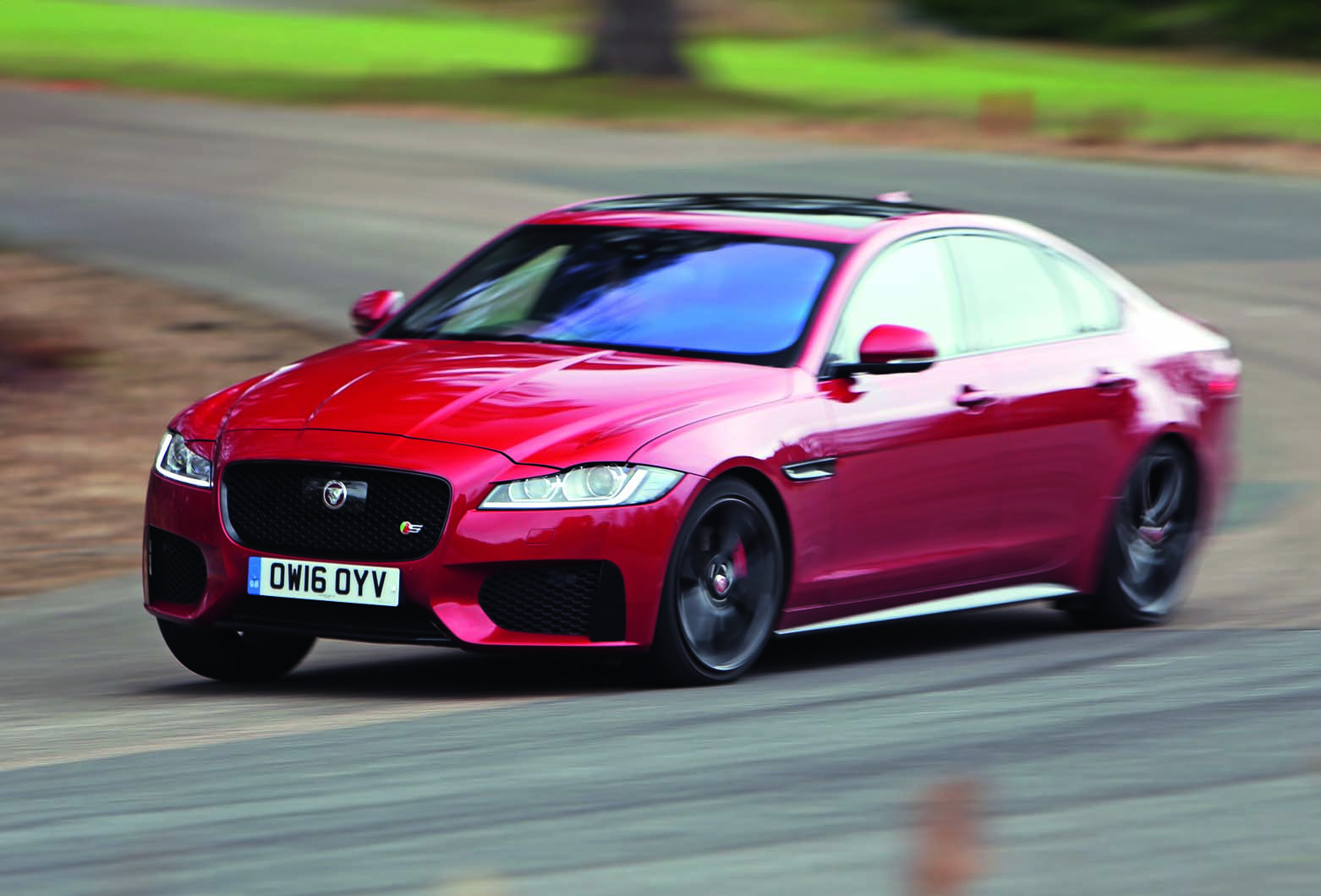


Join the debate
Symanski
Not the worst idea.
But there's plenty of life left in petrol engines.
Jaguar has to concentrate on their weaknesses. Infotainment is one area that gets criticism. No TT / Z4 rival. Even 1 series / A3 / A Class should be a priority.
It could be done, but certainly no reason not to continue with electrification and petrol mix.
tuga
Jaguar
Please, enough with the crossovers. Jaguar sedans aren't selling because they are boring. If they feel the need to not replace both the XE and XF, that's fine. Making it electric only - Also fine. But give it a) character and b) a coupe version.
The way i see an all electric Jaguar line up is;
- " XF " Sedan, Sport Wagon and " XK " Coupe
- XJ LWB Sedan
- E Pace Compact CUV
- F Pace 5 seat " Coupe " CUV ( I Pace replacement ) / 7 seat Mid Size CUV
Leave the J Pace to Land Rover, who have already way too many ( identical looking ) balls in the air anyway with their silly " pillars " idea.
fadyady
EV revutionary?
BertoniBertone
No choice but....
It’s pretty simple: JLR has no choice other than turn Jag into an all-EV brand. At every level - other than styling - Jag is dead-in-the-water when it comes to their ‘fossil fuel’ competition.
Unlike the The Premiership there are no prizes or dough for coming second, third or fourth. People vote with their feet and few are buying Jaguars on pure merit. Jag had no ‘segment leader’: they have wannabees and ‘nearly’ cars that no one wants from choice. The management, in my view, has been extraordinarily poor and ought to be axed....and sharpish.
Jag is not an aspirational brand: it’s a brand known for producing cars that are never remotely close to ‘the finished article’ . They ooze Brummie ‘that’ll do-ism’ and the sales figures speak volumes.
Go EV, manage the pensioning-off of the mediocre XE/XF and exploit the fortuitous era of the electric car. Volvo - who have handled their resurrection process far more wisely- has already eaten Jag’s lunch. It’s now EV or goodbye, Jag.
BertoniBertone
Add your comment